Leadership isn’t just about what you say. It’s about how you show up—every day, in every interaction. Your body language, tone, and energy send signals long before your words land.
Think about it: Have you ever walked into a room and felt tension, even before anyone spoke? Or trusted someone more simply because they looked calm, open, and engaged? These are leadership signals. And people are reading them, whether you mean to send them or not.
Your team is constantly asking themselves:
- Can I trust this person?
- Do they mean what they say?
- Do they care about me?
If your tone doesn’t match your intention—or your posture shows frustration instead of curiosity—you may be sending the wrong message. That’s when misalignment happens, and trust starts to erode.
Try This:
Before your next one-on-one or team meeting, pause.
Ask yourself:- What’s my intention in this moment?
- Does my body, face, and voice reflect that?
Even a 30-second reset can shift how others receive you.
Leaders who are aware of their signals—and adjust them to match their values—create safety, trust, and stronger relationships.
So, how are you showing up today?
Leading with Heart: The ROI of Authentic Leadership
- Mar 25, 2025
- By personifyadmin
- In Newsletters
- 0 Comments
“People don’t care how much you know until they know how much you care.” – John C. Maxwell
Great leadership isn’t just about strategy, goals, or results. It’s about people.
When you lead from the heart, you create a culture where trust, passion, and purpose thrive—and that’s where real success happens. Have you given much thought to what bad leadership costs organizations?
The Heart of a Leader: The ROI of Authentic Leadership
In today’s competitive business landscape, leadership is often reduced to performance metrics and revenue targets. While these are essential, they overlook a critical foundation—intentional leadership that fosters trust, engagement, and purpose. At the core of this approach is the Heart of a Leader, a key principle in the Personify Leadership curriculum.
Leading with Heart: More Than Just a Concept
Leading with Heart isn’t about sentimentality; it’s about deliberate action that builds trust, strengthens teams, and drives long-term success. Authentic leadership goes beyond transactional management, cultivating real connections with employees, customers, and stakeholders. When leaders act with integrity and intention, they inspire meaningful performance improvements that directly impact the bottom line.
The Business Case for Intentional Leadership
In an era where employees seek purpose over paychecks, leadership style plays a decisive role in organizational success. Recent research from Gallup shows that companies with engaged teams outperform competitors by 147% in earnings per share. This success stems from leaders who create psychological safety, trust, and a sense of belonging.
Intentional leaders prioritize relationships over transactions, ensuring employees feel valued. This effort leads to higher productivity, lower absenteeism, and greater innovation. Moreover, turnover—a costly challenge for businesses—decreases significantly when leaders demonstrate care and recognition. Considering that replacing an employee costs 50% to 200% of their salary, the financial benefits of strong leadership are undeniable.
Employee Engagement as a Strategic Advantage
The best organizations understand that engagement is not a perk but a competitive edge. Leaders who invest in employee well-being and professional growth create workplaces where people are motivated to perform at their best.
Recognition is a powerful tool—employees who feel appreciated are likelier to stay, collaborate, and take initiative. A simple thank-you or public acknowledgment can significantly boost loyalty and productivity. Additionally, trust-based leadership reduces workplace stress, a leading cause of burnout and disengagement. Organizations with people-first cultures report up to 70% lower stress-related absenteeism, ensuring employees remain present and invested.
Beyond Employees: The Customer and Stakeholder Impact
The impact of intentional leadership extends beyond employees to customers and stakeholders. Organizations with strong leadership values build brand loyalty, enhance reputation, and attract high-value partnerships. Customers who connect with a company’s mission are more likely to remain loyal, advocate for the brand, and increase spending.
Studies show that businesses with ethical leadership retain 23% more customers and generate 21% higher profitability than competitors. Why? Because integrity-driven leadership fosters reliability and trust, making customer experiences more consistent and authentic.
The Measurable ROI of Leading with Intention
Leadership development programs, such as Personify Leadership, equip leaders with the tools to lead authentically and effectively. The return on investment (ROI) is tangible, delivering:
· Lower turnover costs through higher employee retention
· Higher productivity as engaged employees perform better
· Reduced absenteeism and healthcare costs from lower workplace stress
· Stronger customer loyalty and revenue growth through enhanced reputation
In a competitive market, people-first leadership isn’t just the right thing to do—it’s a financial imperative. Sustainable success isn’t just about results; it’s about how those results are achieved.
Final Thoughts: Leadership as a Competitive Advantage
Organizations that foster intentional, heart-centered leadership create workplaces where employees thrive, customers stay loyal, and financial performance soars. Leading with Heart is not a “soft skill”—it’s a strategic necessity.
Great leaders recognize that performance reflects culture, and culture is shaped by leadership. When leaders demonstrate trust, care, and integrity, they create an environment where people contribute, innovate, and stay committed to the company’s mission.
The most significant competitive advantage an organization can have is its people. The best way to maximize that advantage is by leading with intention, Heart, and a commitment to long-term success.
~Paul Cummings, Chief Operations Officer
Leadership Personifed: An Interview with Sidney Blakemore of Canal Barge Company
- Jan 15, 2025
- By personifyadmin
- In Media, Newsletters
- 0 Comments
In this month’s podcast, our CEO Michelle Cummings M.S. had the pleasure of interviewing Sidney Blakemore, PHR with Canal Barge Company, Inc. an organization that has demonstrated a steadfast commitment to leadership development by enrolling hundreds of its leaders in the Personify Leadership Core Program. Sidney shares insights from delivering this impactful training to their mariners. Together, we explore the program’s role in fostering resilience, communication, and leadership excellence in a unique industry setting. Whether you’re a leader navigating challenges or simply passionate about growth, this episode promises valuable takeaways from Sidney’s experiences and the transformative impact of Personify Leadership. View and listen here:
Finding Your Voice: the Unfiltered Power of Leadership Communication
- Nov 05, 2024
- By personifyadmin
- In Newsletters
- 0 Comments
True leadership starts with the courage to communicate openly, with clarity and conviction. But great leaders don’t just speak—they listen, adapt, and make sure their words truly connect. In our Voice of a Leader module, we don’t hold back. We dive deep into what it means to communicate effectively, because your voice shapes your team’s trust, alignment, and ultimately, your success. This is about finding your voice—authentic, unfiltered, and purposeful—and using it to build a culture where everyone feels heard, respected, and inspired to do their best work.
The Voice module within the Personify Leadership program focuses on developing leaders’ communication skills to inspire trust, clarity, and connection within their teams. This module emphasizes the importance of clear messaging and effective listening to ensure that leaders can convey their vision, expectations, and feedback with impact.
At its core, the module teaches leaders to understand and apply the sender-receiver communication model. Leaders learn to tailor their communication style to match the preferences of their audience, especially when interacting with diverse team members. A key tool used in this module is the DiSC assessment, which helps leaders recognize their natural communication styles and adapt accordingly. Through this approach, leaders gain insights into how their words, tone, and body language impact others, enhancing both understanding and rapport within the team.
By the end of this module, leaders are equipped to communicate purposefully and responsively, fostering an environment where team members feel heard, valued, and aligned with organizational goals. The Voice of a Leader is not just about speaking—it’s about listening, adapting, and building a culture of open and effective communication.
Our Personify Leadership course teaches skills in this area, where we focus on being a leader who communicates a message that resonates with those who receive it. Let me know if you are interested in learning more about this; we’d love to talk with you! Our next Open Enrollment class is December 10-11.
Questions to ask yourself:
- Do you adapt your communication style to diverse team personalities?
- How does communicating in a way that resonates with your receiver help build rapport with your team?
- How does understanding the DiSC communication model empower leaders to build stronger relationships with their team members?
If you are interested in building more skills in this area, consider registering for our next Open Enrollment course.
Leadership Personified: An Interview with Erin Radigan of National Lutheran Communities & Services
- Nov 03, 2024
- By personifyadmin
- In Media, News, Newsletters, Video
- 0 Comments
In this month’s episode of Leadership Personified, we’re excited to feature Erin Radigan, Clinical Lead at National Lutheran Communities & Services and a certified Personify Leadership facilitator. Erin joins our host, Michelle Cummings, to discuss her unique approach to integrating Personify Leadership principles in healthcare. From fostering compassionate care to building resilient teams, Erin shares her journey and insights on what it takes to lead effectively in a clinical setting.
Don’t miss this inspiring conversation with a leader who is making a meaningful impact in her field! Personify Leadership is a two-day leadership development program based on 8 core competencies. In this highly interactive and engaging program, your leaders will learn practical and hands-on tools for leading in your organization.
Embracing Change: The Power of Focusing on What Matters
- Oct 08, 2024
- By personifyadmin
- In Newsletters
- 0 Comments
Whether it’s a change in season, our homes, or our teams, most of us are fascinated by makeovers. I know I spend way too much time watching the HGTV channel myself. From magazines to trainings to television shows, we all drink in reinventions of almost every conceivable thing: rooms, closets, cars, bodies, even relationships. Why? Because aside from a little silliness here and there, makeovers are particularly instructive. They offer a window into the process of transformation, the whys, the hows, and the actions that bring it about. Wanting to do something better… it is an outer expression of an inner desire.
On the one hand, change can be fun and anticipatory. As mentioned above, reinventing or refreshing a space can be creative and invigorating, and the change of seasons to Fall welcomes cooler temperatures and the beauty of the changing leaves. On the other hand, change can be really hard. Especially if the change is not something you wanted or anticipated, like the people devastated by Hurricane Helene, the passing of a loved one, or a relationship ending badly. There are also many massive changes going on in the world right now, such as our impending election and unpredictable war-torn areas of the globe.
When we experience changes outside our control, like those mentioned earlier, it’s easy to feel overwhelmed. But this is where understanding an “Internal Locus of Control” can make a difference. By focusing on the things we can control, we shift our perspective from helplessness to empowerment. Sure, we may not be able to control natural disasters or global conflicts, but we can influence our personal reactions and decisions. This mindset helps keep us grounded amidst uncertainty, allowing us to take small, intentional steps that make a big impact in our immediate environment. Whether it’s creating a more positive atmosphere at work, maintaining our physical well-being, or simply offering a kind word to someone struggling, these are all areas where our actions matter. Rather than getting swept away by the forces we can’t influence, staying anchored in the things we can directly manage helps us remain resilient and proactive in the face of change.
Our Personify Leadership course teaches skills in this area, specifically in the Mind of a Leader module, where we focus on emotional resiliency. Let me know if you are interested in learning more about this; we’d love to talk with you! Register for our next Open Enrollment class.
Questions to ask yourself:
- Q1: How can practicing an internal locus of control help leaders maintain resilience during organizational changes?
- Q2: What small, daily actions can help reinforce a focus on things within your control, even when larger situations seem overwhelming?
- Q3: How can teams be encouraged to focus on the elements they control during high-stress periods at work?
What would you add to this list?
If you are interested in building more skills in this area, consider registering for our next Open Enrollment course.
Leadership Personified: An Interview with Jeff Hudson of Marquette Transportation
- Oct 02, 2024
- By personifyadmin
- In Media, News, Newsletters, Video
- 0 Comments
In our third episode of “Leadership Personified,” Michelle Cummings, CEO, Co-Founder, and Chief Creative Officer, interviews Jeff Hudson of Marquette Transportation. In this conversation, Jeff shares his insights on how the Personify Leadership program resonates with the mariners and leaders internally at Marquette.
Don’t miss this insightful discussion on leadership, growth, and the real-world applications of Personify Leadership. Watch the full interview now and discover how Jeff is making a difference through leadership excellence.
Leading with Intention: The Heart of Effective Leadership
- Sep 04, 2024
- By personifyadmin
- In Newsletters
- 0 Comments
At the core of successful leadership lies intention—the purpose behind every action a leader takes. This month we’re focusing on the first of our eight competencies, the Heart of a Leader.
The “Heart of a Leader” module in the Personify Leadership program emphasizes this, helping leaders align their intentions with their actions. Leaders who consistently focus on their team’s best interests build stronger connections and foster trust within their organizations. This trust, formed through intentional and transparent leadership, is the foundation of effective and respected leadership.
Understanding the signals you send is essential to ensuring that your actions reflect your true intentions. Often, a leader’s behavior sends unintended messages, leading to misalignment between what is said and what is done. In the “Heart of a Leader” module, leaders are encouraged to become more aware of the signals they send. Whether leading a team meeting or giving feedback, a leader must ensure their actions reflect their intent to support and uplift the team, not just drive personal success.
Trust in leadership also hinges on the “Law of Reciprocity.” As leaders, the signals you send and the actions you take will often be mirrored by your team. This reciprocal relationship underscores the importance of setting positive examples and leading by example. Leaders who prioritize the well-being of others often find their teams responding with increased loyalty, dedication, and a shared commitment to organizational goals.
Ultimately, intentional leadership is about aligning personal, team, and organizational interests. Leaders must regularly reflect on their actions and their impact on those they lead. By doing so, they can foster a work environment built on trust, where every team member feels valued, respected, and motivated to contribute. Leading with intention ensures that a leader’s heart is always in the right place, guiding their team toward collective success.
Questions to ask yourself:
- Q1: How can you become more aware of the signals you are sending to your teams?
- Q2: What practical steps can you take to build a trust-rich environment using the Law of Reciprocity?
- Q3: How does aligning personal and organizational interests benefit long-term team success?
What would you add to this list?
If you are interested in building more skills in this area, consider registering for our next Open Enrollment course.
Leadership Personified: An Interview with Kim Dennis of Veolia North America
- Sep 04, 2024
- By personifyadmin
- In Media, News, Newsletters, Video
- 0 Comments
In our second episode of “Leadership Personified,” Michelle Cummings, CEO, Co-Founder, and Chief Creative Officer, interviews Kim Dennis of Veolia North America. In this conversation, Kim shares her love for the Personify Leadership program, what inspired her to become certified, and how the program is inspiring leaders internally at Veolia.
Don’t miss this insightful discussion on leadership, growth, and the real-world applications of Personify Leadership. Watch the full interview now and discover how Kim is making a global difference through leadership excellence.
Tag: Leadership Development
© 2012-2025 Personify Leadership. All Rights Reserved.


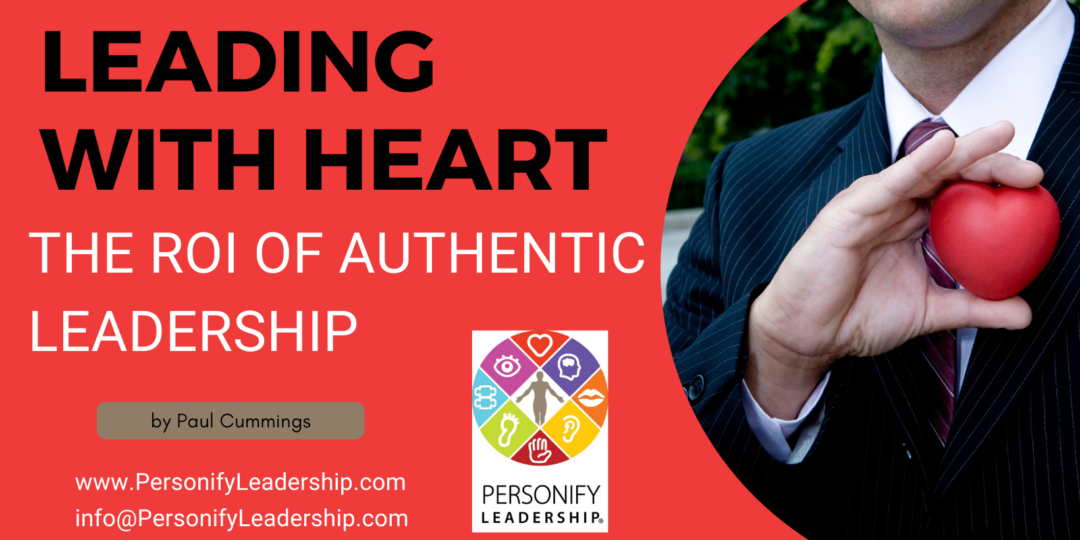
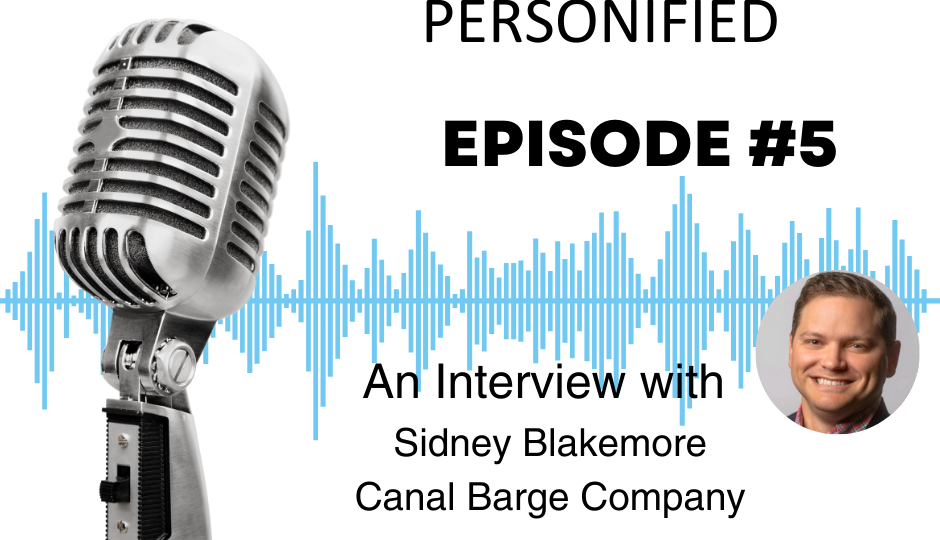

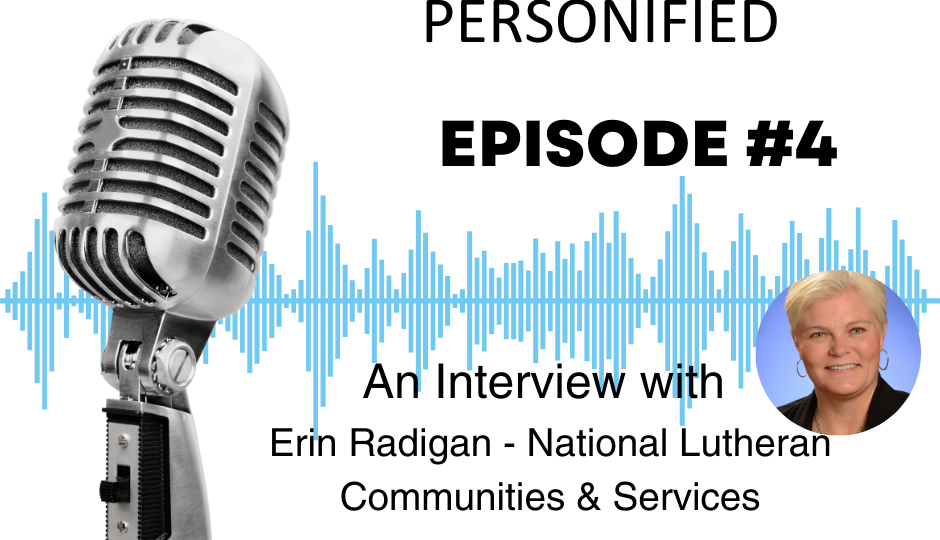

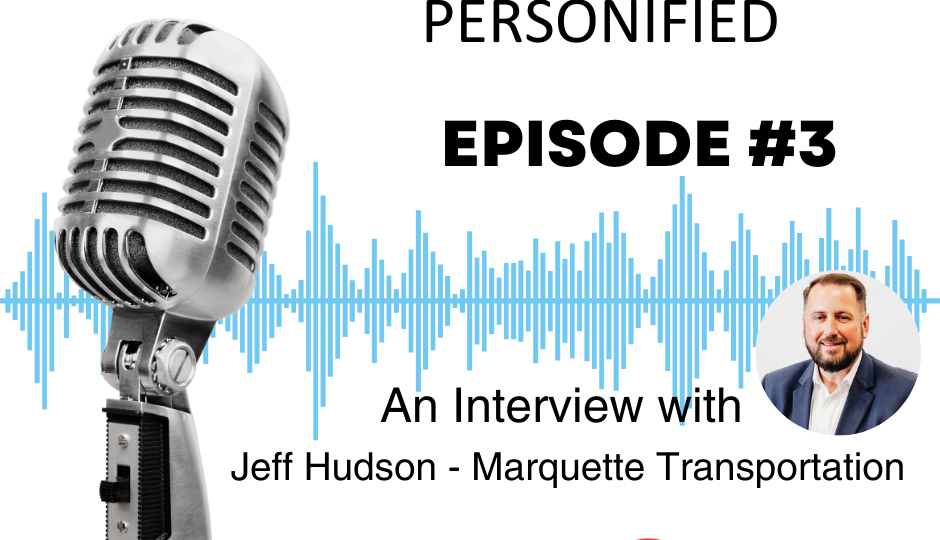
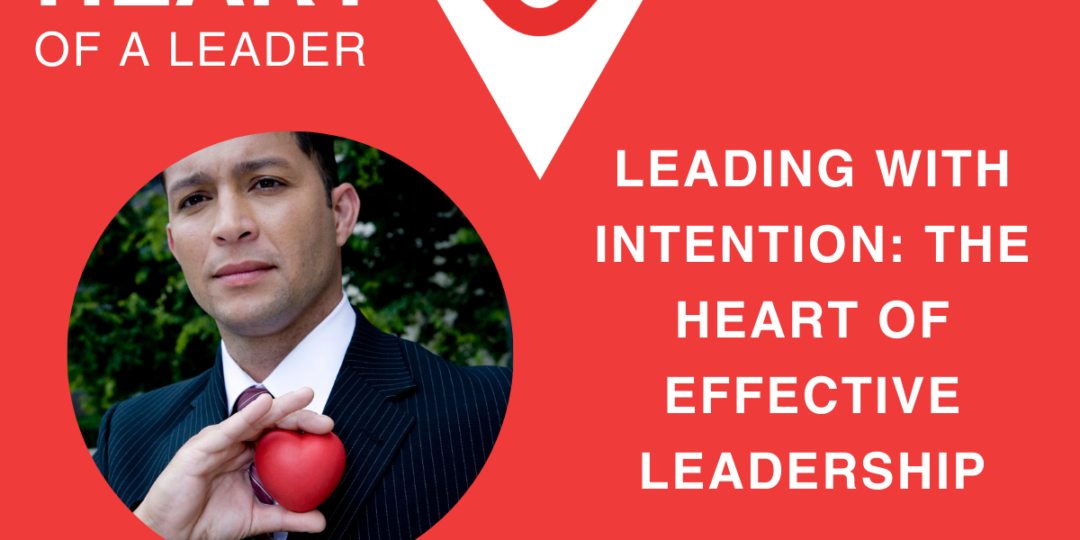
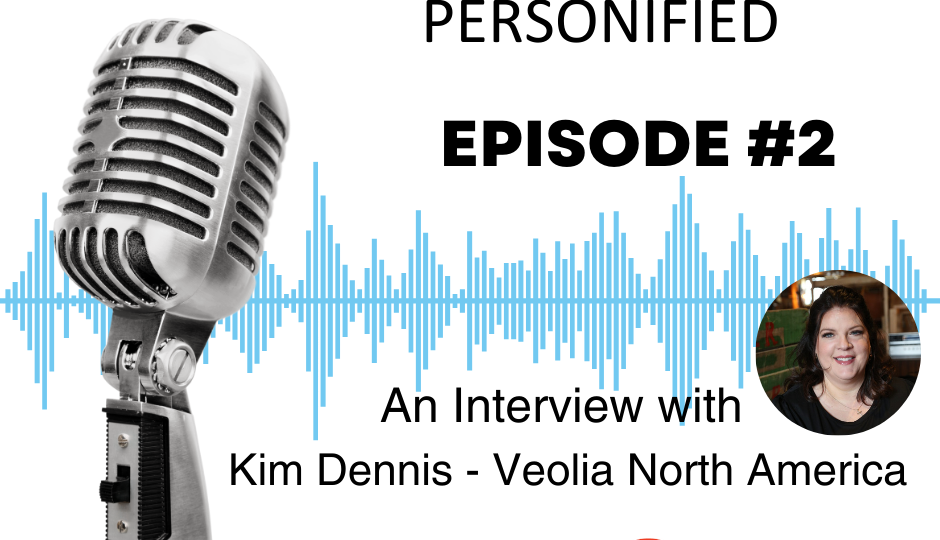
Recent Comments